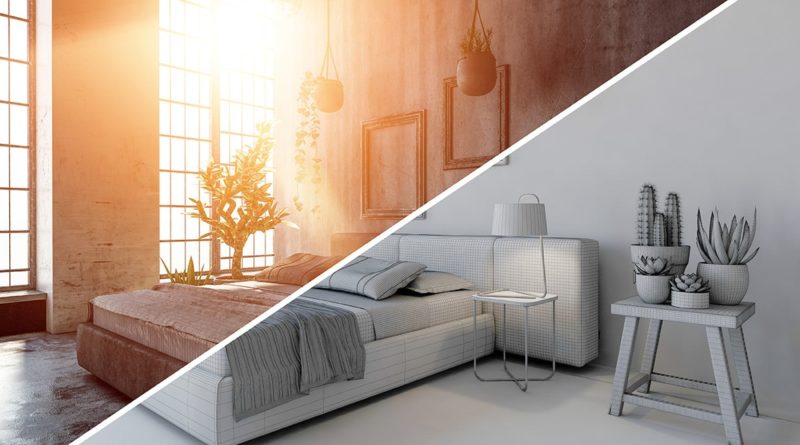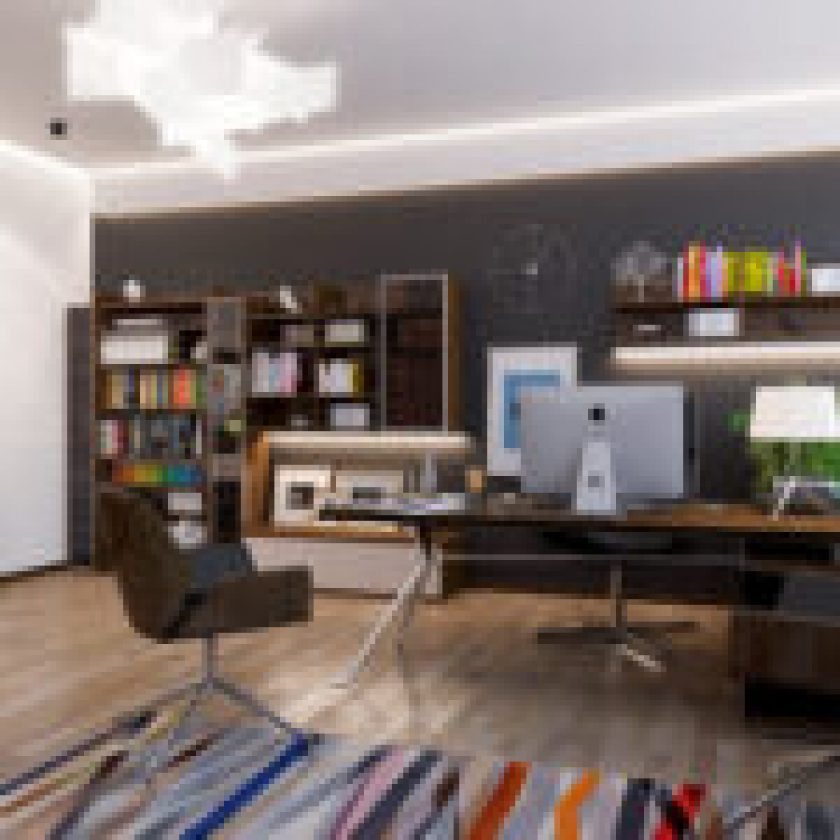3D Rendering offers an excellent way to create astounding and realistic visuals, giving businesses an entirely new way of sharing their offerings with potential clients. With 3D rendering, it is possible to create a visual representation of an idea that does not even exist. It enables you to develop realistic artificial images with 3-dimensional computer-based models. 3D rendering is increasingly being used by architects for marketing as well as for evaluating proportions and scales. With detailed specification, the technique offers an amazing way to illustrate what an idea will actually look like.
Read more about the reason to choose a professional for 3D Rendering Services. We, at Triface International, can add value to your project and create visuals that impact and influence.
The Benefits of 3D Rendering
3D Rendering makes it possible to create a detailed representation of a proposed structure, giving potential clients more clarity about what the final product will look like. It offers a precise perception of spaces and design elements making it easy for both architects and clients to understand a project in its different stages. This also makes it possible to follow a consultative approach and include the client in the design process. The client can suggest modifications in the design so that the final outcome is to their complete satisfaction.
Miscalculations and going over the budget are problems that may arise during any architectural project. With 3D rendering, you can make an accurate assessment and eliminate costly and time-consuming mistakes. Moreover, it is possible to effectively market new projects even before the construction actually begins. This works in drawing the interest of customers as they are able to get a realistic picture of the final project.
3D Rendering Techniques
Rendering is a complex aspect of 3D production and the process used plays a vital role in the final outcome. Some of the popular techniques employed include the following.
1. Scan Line Rendering
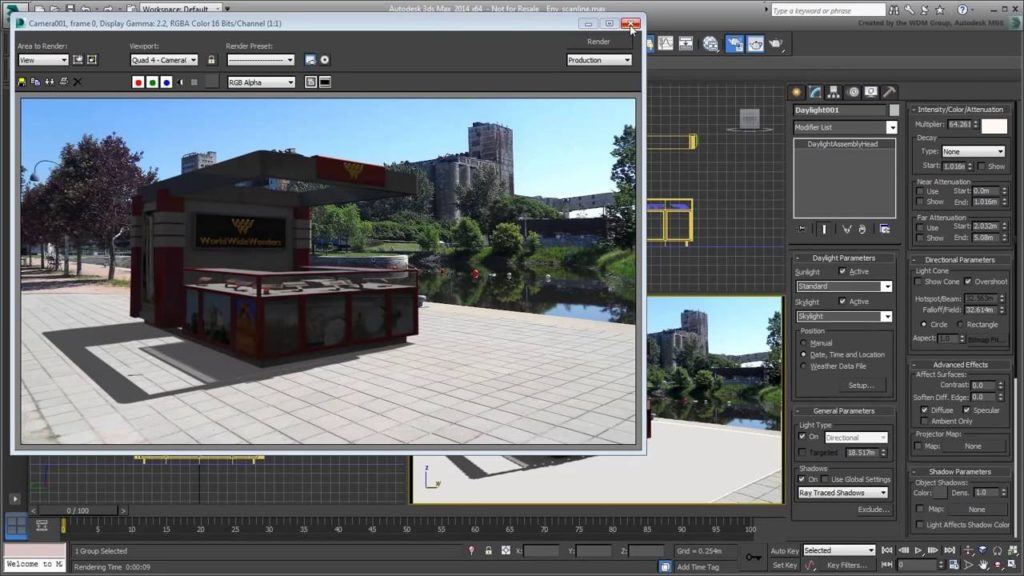
source: youtube.com
A highly desirable method, drawing is achieved in this method by repeating parts of geometry primitives. Primitives here implies an image’s high-level depiction resembling curves and lines in graphics drawing, button, and windows in GUI, or polygons and triangles in 3D models. For each primitive, a single loop can help to figure out which pixels of the image have to be altered. The process is widely employed by animators and can be made use of through all current graphics cards.
2. Ray Casting Rendering
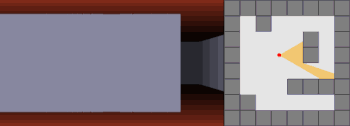
source: wikipedia.com
This rendering technique involves a visual representation of the entity which is accomplished by parsing it line by line and pixel by pixel. This method is used in products where information is not vital like in 3D animations and computer games. To get an enhanced presentation, it is possible to fake facts during the computational phase.
3. Z Buffering
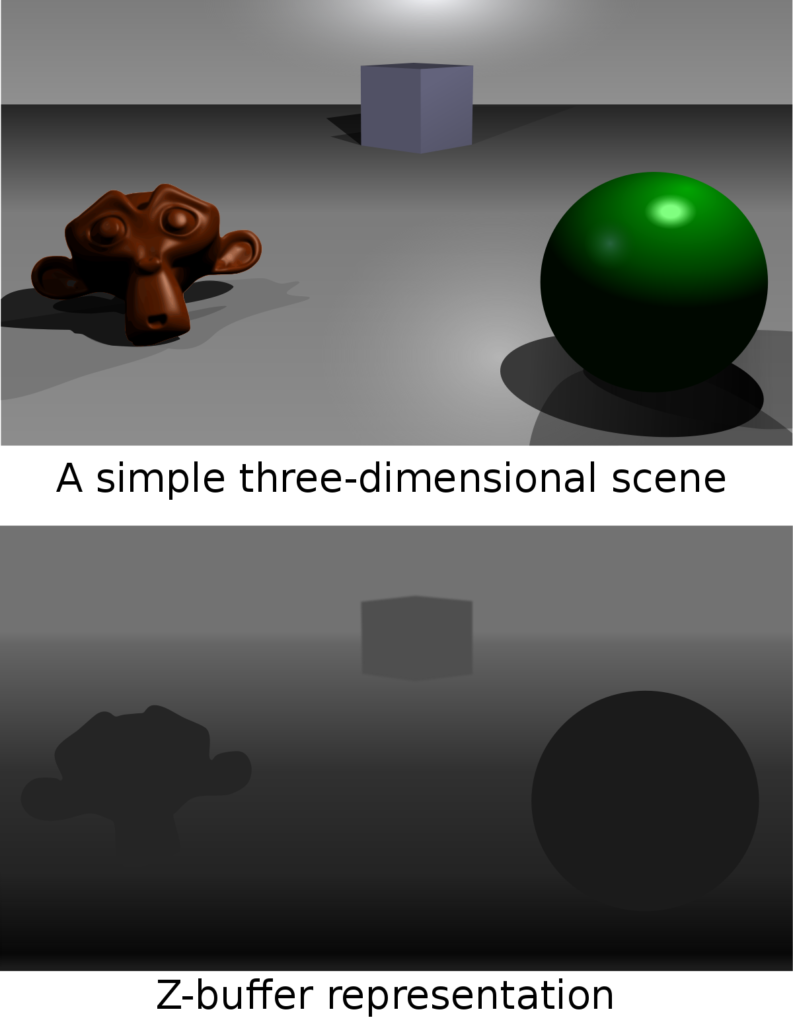
source: wikipedia.com
Also referred to as depth buffering, this method is used to enable the computer to figure out if an object will be viewable or will be out of the view within a scene.
4. Ray Tracing

source: katapult.com
They offer a moderately simple way to render 3D object similes. This technique makes it possible to copy the particle condition and the allotted light flow on the model. The technique is based on the idea that it is possible to duplicate events of real-world based on the interaction of light rays with the objects. While the process is not fast, This method offers greater photorealism.
You may also know about Nvidia Control Panel Missing Options – Find Solutions Here
5. CPU GPU Work
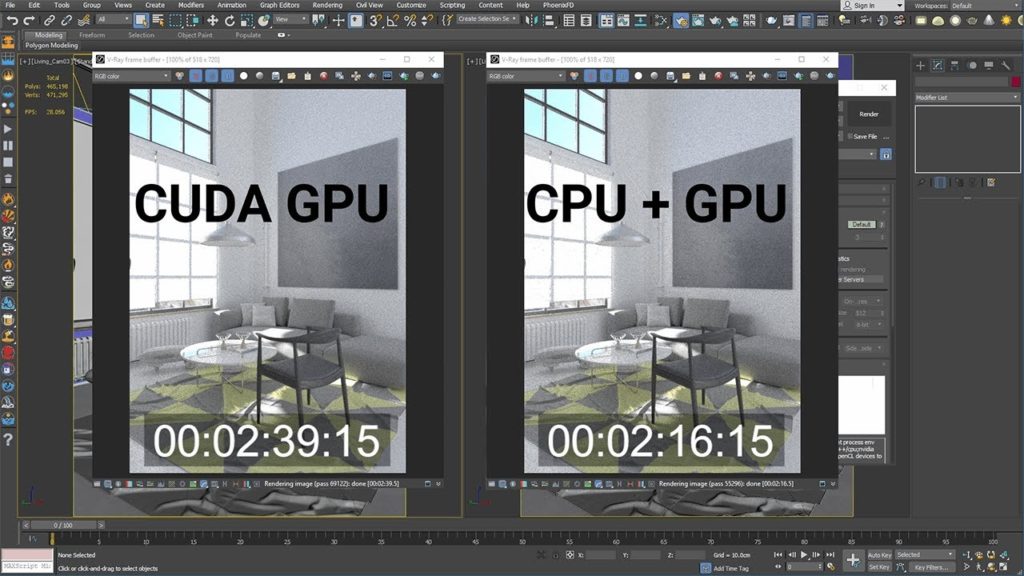
source: youtube.com
While CPU and GPU can offer similar results, there exists a difference. The manner in which the two methods progress through a task is different. Depending on the application, either of the two can be used. The real difference between the two lies in the speed.
The benefits of 3D Rendering techniques are many and it works as a problem solver across sectors. By offering a better understanding of how projects will look and feel like, the method makes it possible to visualize concepts perfectly. Opening new avenues for marketing, 3D rendering is the perfect combination of art and technology. Watch our video here to know more about 3D Rendering: https://vimeo.com/343621627

